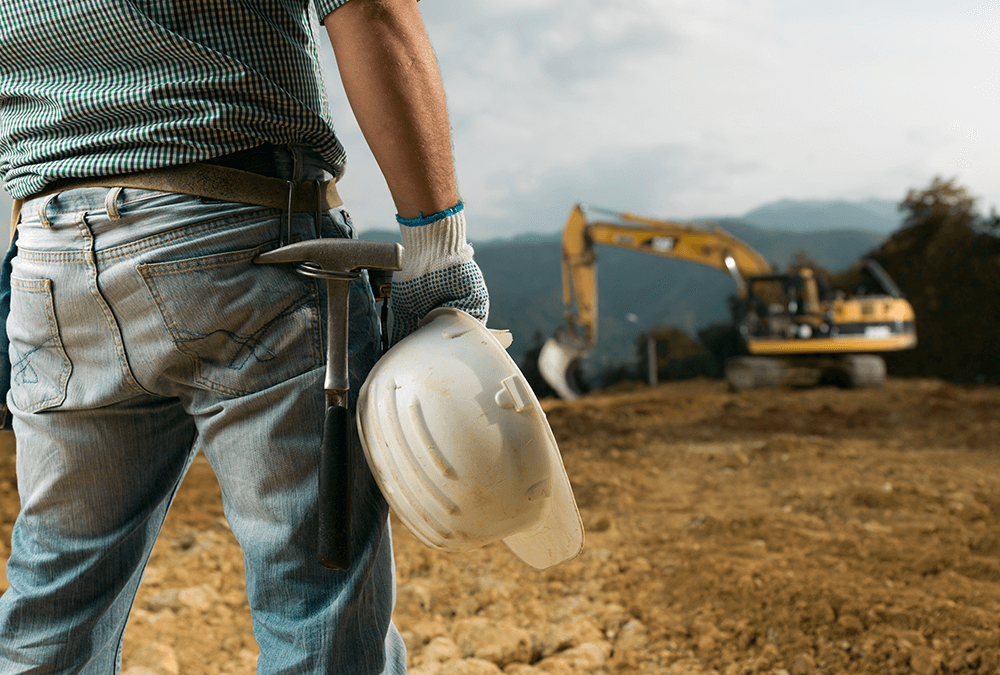Underpinning is a construction technique that involves strengthening the existing foundation of a structure or building.
The process can be done in many ways, such as reinforcing the foundation, extending its breadth and depth, or adding filler for extra strength. Regardless of the method, the idea is to promote the structural integrity of your property.
Learn more about the process in detail to understand why it is done and how it works. This way, you can identify whether your structure needs underpinning and get it done immediately to prevent collapse.
Reasons for Underpinning
There are many reasons to underpin an existing foundation, with the most common being the following:
- Older buildings have shallow foundations since they were not designed to meet today’s standards
- The existing foundation is not strong enough since the soil conditions were not properly assessed in the original design
- Unstable structural integrity due to natural disasters like earthquakes and floods
- The purpose of the structure has changed, usually after a big renovation
- Strengthen the foundation to support building another storey
If you are unsure whether your building or home needs underpinning, you can look for warning signs indicating foundation issues.
Common ones include drywall and concrete slab cracks, leaning cabinets, sloping floors, sticking windows, doors, or mold and mildew. The moment you notice these, you should call professionals for underpinning services.
Underpinning Methods
So, how does underpinning work? Unfortunately, it is not easy to understand the process due to its technical nature. But to help you get the gist of it, here are the most common methods that contractors use:
Pit Method (Mass Pouring)
Mass pouring is the traditional underpinning method that involves extending the existing foundation.
It is done by gradually excavating the weak soil in controlled stages until a suitable stratum is reached. At this point, the contractor will pour the concrete and let it cure before the next excavation.
Generally, this method is best for shallow-depth underpinning. However, if your structure has more complex foundation issues, you will likely need other strategies.
Pile Method
With this method, contractors drive foundation piles at equal distances along the sides of the wall to strengthen the foundation. They then connect steel or concrete needles to the pile to act as beams or pile caps.
This method works well for structures built of clay soil since it helps address erosive and waterlogged soils by relieving the weight of the existing foundation.
One variation of the pile method is called “mini piling.” As suggested by its name, it uses a narrower pile that is lighter and less expensive, but can still carry some load.
It is usually most suitable in areas with limited or restrictive access since the equipment will be smaller and fit into confined spaces.
Beam and Base
Beam and base is a more advanced underpinning method. It involves the construction of a concrete beam to replace or supplement the existing foundation.
The beam works by transferring the weight of a structure—such as a house—to the concrete base. The beam design will be based on the building’s configuration while the base depth and size are adjusted to match the ground conditions.
Aside from this, other underpinning methods include jack pile, needle and pile, root pile, and underpinning to walls.
As a property owner, you should always ensure your buildings or structures have a stable base. Thus, the moment you notice foundation issues do not hesitate to call in professionals for underpinning. They can help assess your structure and determine what method will be best to reinforce the foundation’s structural integrity.


